Introduction
The hardware tools industry is changing faster than ever before. With new technologies, growing demand from both professionals and DIY users, and shifting lifestyles, tools are no longer just simple instruments—they are smarter, lighter, and built to fit into modern work and home environments. For customers, this means more options, better performance, and tools that are tailored to their needs.
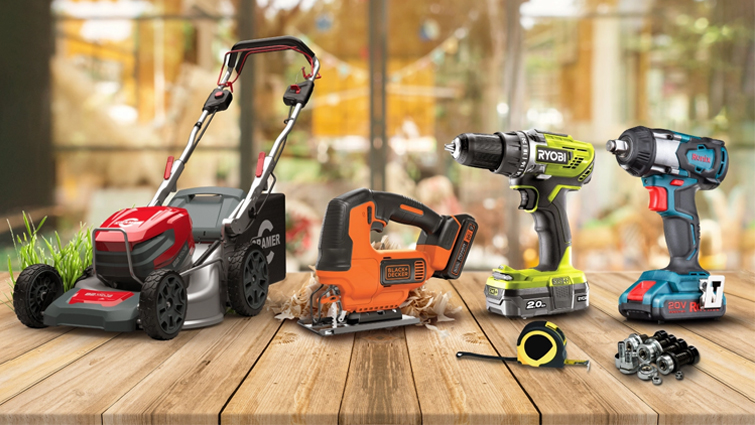
Image source: Ronix Tools
Why Demand for Hardware Tools Is Growing Worldwide
As economies develop and infrastructure projects expand, more households and businesses are investing in reliable tools. This has created a global market worth USD 127.14 billion in 2024, which is expected to reach USD 164.5 billion by 2029.
For customers, the most noticeable change is the rise of power tools, especially cordless, lithium-battery-powered devices. Because they eliminate the hassle of tangled wires and offer longer battery life, they make tasks more efficient and comfortable. It's not surprising that the cordless power tool market alone is projected to reach USD 68 billion by 2034.
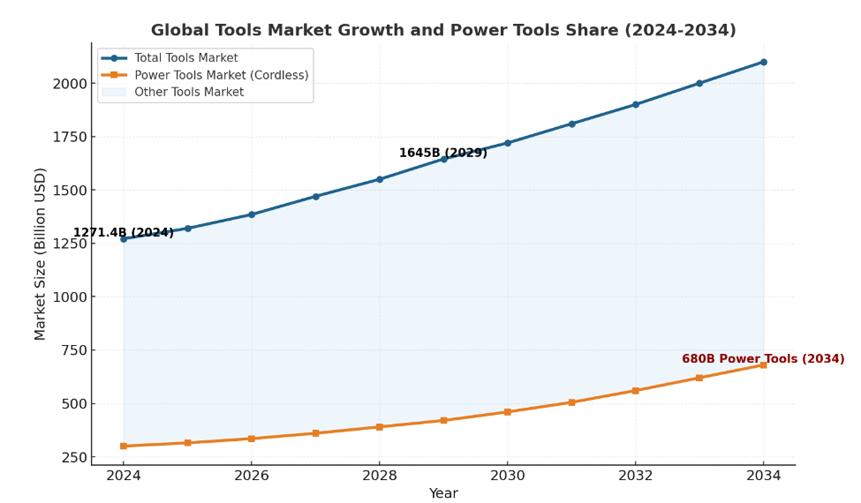
Growth trend of tool market size
In Asia-Pacific—where infrastructure projects are booming—and in North America—where DIY culture is strong—customers are seeing a surge of new tool options. At the same time, regions like Southeast Asia and Russia are expanding rapidly, meaning more people have access to advanced tools that were once limited to high-end markets.
How Consumer Needs Are Changing
As middle-class households grow in emerging markets, customers are no longer satisfied with just basic tools. They want solutions that are smarter, easier to use, and more versatile.
For example:
· Smarter tools like intelligent torque wrenches make precision work easier, saving both time and effort.
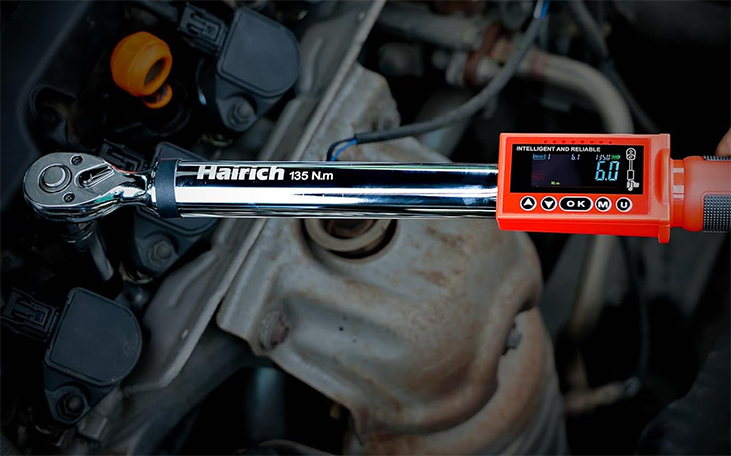
Digital Torque Wrenches
· Lighter designs mean tools are no longer intimidating. In fact, more women are now active tool users—88% report owning a personal toolkit.
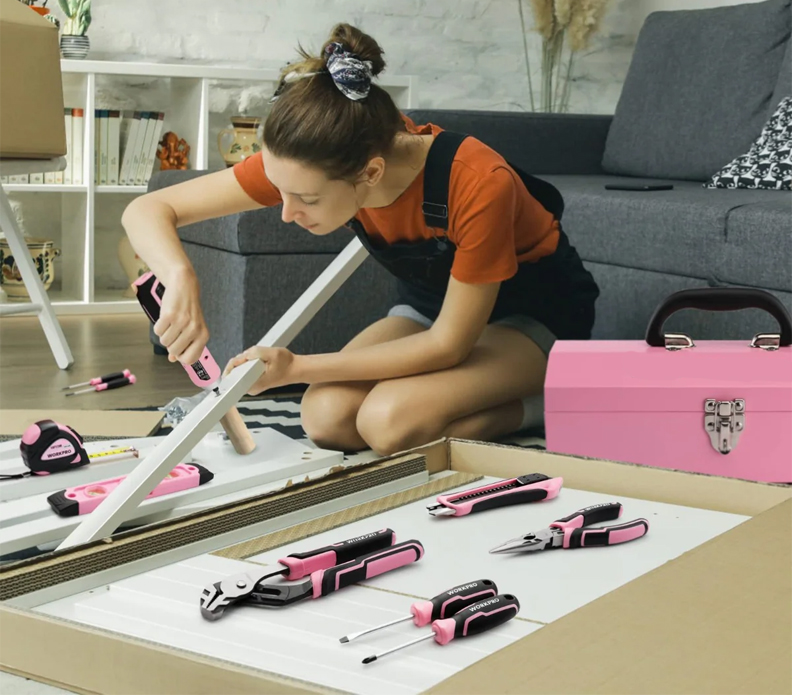
Image courtesy of PASS Trust
· Integrated multi-tools allow one device to handle different jobs, making them ideal for home projects and professional use alike.
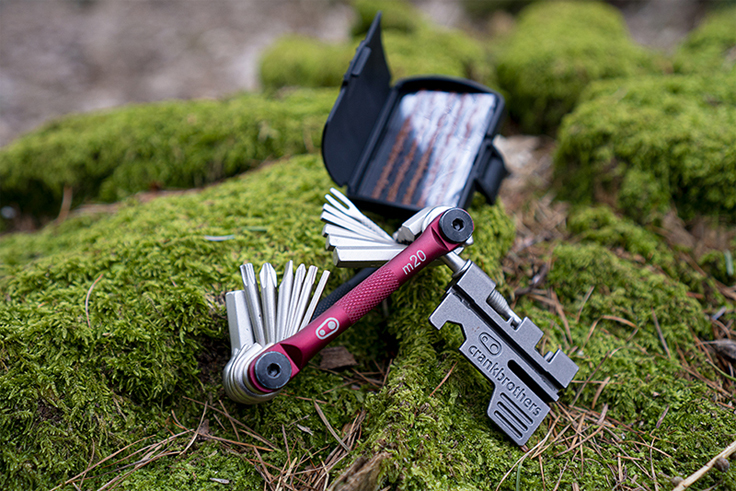
Image source: Best bike multi-tools in 2025
In short, because lifestyles are evolving, tools are evolving too. Customers today expect their tools to be efficient, comfortable, and capable of handling more than one task.
The Advantages Customers Gain from Modern Tools
Smarter, Cordless, and Safer
Because of advances in lithium battery technology, today's tools are not just cordless—they are also more powerful and reliable. Customers no longer have to choose between convenience and performance; they can have both. For anyone working in construction, repairs, or even at home, this translates to greater freedom of movement and safer working conditions.
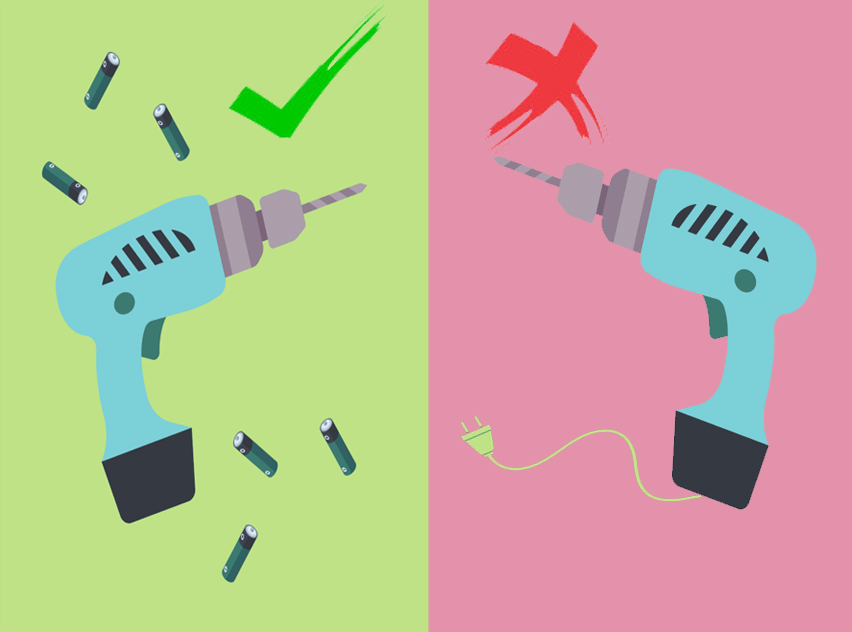
Cordless power tools are becoming increasingly popular
Tailored to Local Environments
Different regions face different challenges, and modern tools are designed with that in mind. For instance, in hot and humid climates like Southeast Asia, tools often feature protective anti-rust coatings to withstand tough conditions. In colder areas, ergonomic designs make handling easier even with gloves. Customers benefit because the tools they buy are more durable and more comfortable in real-world environments.
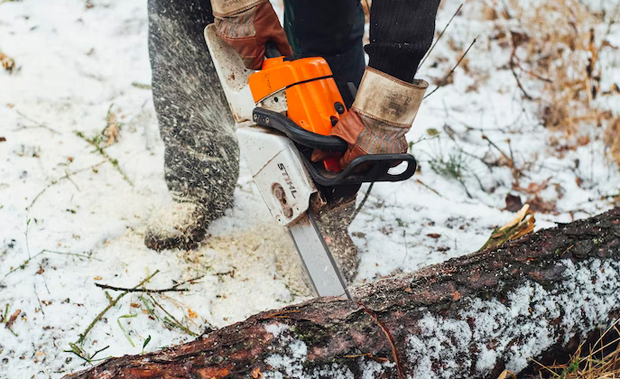
Image source: Can Cold Weather Damage Power Tools?
Affordable Innovation
Thanks to stronger supply chains and improved manufacturing, advanced features like brushless motors and AI-enabled functions are becoming more affordable. Customers in emerging markets can now access high-quality, feature-rich tools without paying premium brand prices, making professional-grade equipment available to a wider audience.
What This Means for Customers
For anyone considering buying new tools—whether for professional projects or for home improvements—the changes in the market bring clear benefits:
· More Choice: From cordless drills to multi-functional kits, customers now have access to a wider variety of tools.
· Better Value: Competitive pricing and improved technology mean customers can expect better performance at reasonable prices.
· Future-Ready Designs: Tools are being made with smart functions, eco-friendly materials, and customizable features, ensuring they stay useful for years to come.
Looking Ahead
The hardware tools industry is heading toward three big trends: smart tools, green materials, and customization. For customers, this means safer, more efficient, and more personalized experiences. Governments are also encouraging eco-friendly and innovative designs, so future tools will not only make work easier but also contribute to sustainability.
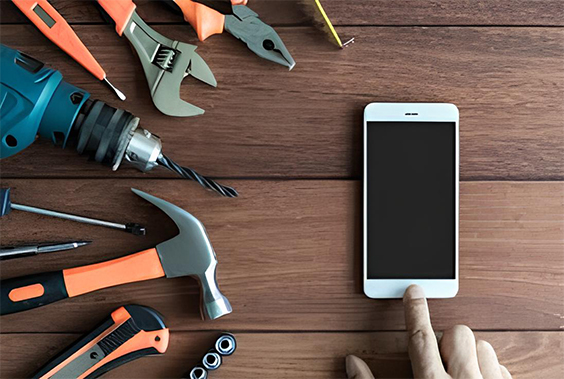
Smart tools are a major trend in industry development
Conclusion
For customers around the world, the evolving hardware tools market means greater convenience, smarter performance, and products designed to meet real-life needs. Whether you're a DIY enthusiast upgrading your home toolkit, a professional craftsman seeking durability, or simply someone who values efficiency, the new generation of hardware tools offers solutions that are safer, more versatile, and built for the future.
